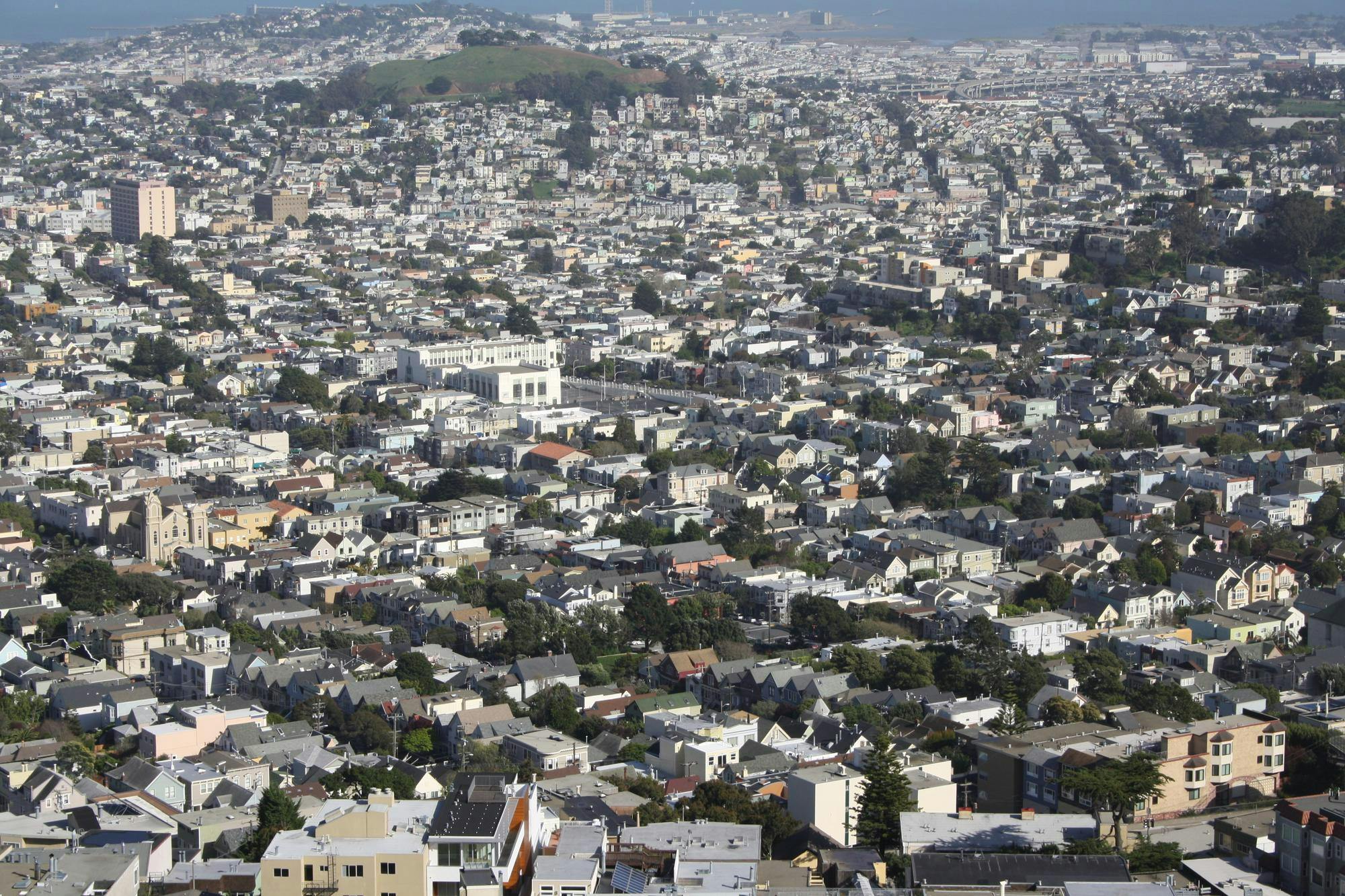If I had to pinpoint my favorite thing about living in the Boston area, it would have to be the architecture: Victorian houses in pastel hues, cobblestone paths leading up to charming high rises and quaint cafes sprinkled throughout bustling neighborhoods. And how can you forget the magic of New England’s fall foliage transposed on these architectural wonders?
But it’s a completely different story for other parts of the country. For many, the outskirts of urban areas look like a mecca for McDonald’s and IHOPs, bandage color homes are in abundance and the only way to have fun is by commuting into the nearby city. If this sounds familiar, there’s a good chance you've encountered urban sprawl before.
Urban sprawl is defined by Merriam-Webster as “the spreading of urban developments on undeveloped land near a city.” The concept first originated at the end of World War II following movement of people from cities to the suburbs, a phenomenon that in many cases involved white flight, in which white families moved to these areas. This led cities to swallow up land at rates faster than their population growth, forming metropolitan areas with low population densities. The defining characteristics of urban sprawl include low-density, single-family dwellings, commercial strip development and, due to limited public transportation and walkable spaces, car dependency.
The lack of affordable housing in urban settings is also a significant factor. The suburb and exurb areas located on the fringes of metropolitan divisions typically offer far cheaper housing options. It is no surprise that young families in search of inexpensive housing end up encouraging sprawl by relocating to these more affordable areas. A growth in living standards alongside preferences for larger houses also play a role.
While urban sprawl may largely manifest in innocent bland single-family homes, don’t be fooled; the problems associated with urban sprawl are numerous and dangerous. From an environmental standpoint, sprawling land development increases pollution since residents are dependent on transportation, particularly private cars, to get anywhere. In addition, people living in these areas often have to commute to and from work, which can increase traffic. Residents in these settings are often disengaged from their community due to social segregation caused by the scarcity of public spaces such as parks and squares. Moreover, the geographically isolated nature of these communities can lead to a disconnect between people of urban areas and politicians that represent their cities.
Given that urban sprawl is only getting worse, it’s clear a change is needed before this beige epidemic consumes the outskirts of American cities entirely. Besides improving public transit, increasing public spaces and developing more affordable housing closer to urban cores, one solution is for cities to revise zoning laws. Laws that require bike lanes or encourage mixed-use developments can promote better land use by minimizing car travel times. Alternatively, a route many cities have taken is implementing an urban growth boundary. Portland, Ore., for example, implemented an urban growth boundary in the 1970s that was intended to prevent urban sprawl by promoting urban density while preserving farmland. While Portland’s urban growth boundary has been hailed as a model of successful urban planning, it has not been without its criticism. Increased housing prices and the promotion of suburban sprawl are two major problems attributed to Portland’s use of an urban growth boundary. Still, Portland has contained new construction within the boundary, even as their population increases. More cities should look to adopt measures like urban growth boundaries or change their zoning laws to reduce sprawling land development and its ugly consequences.






